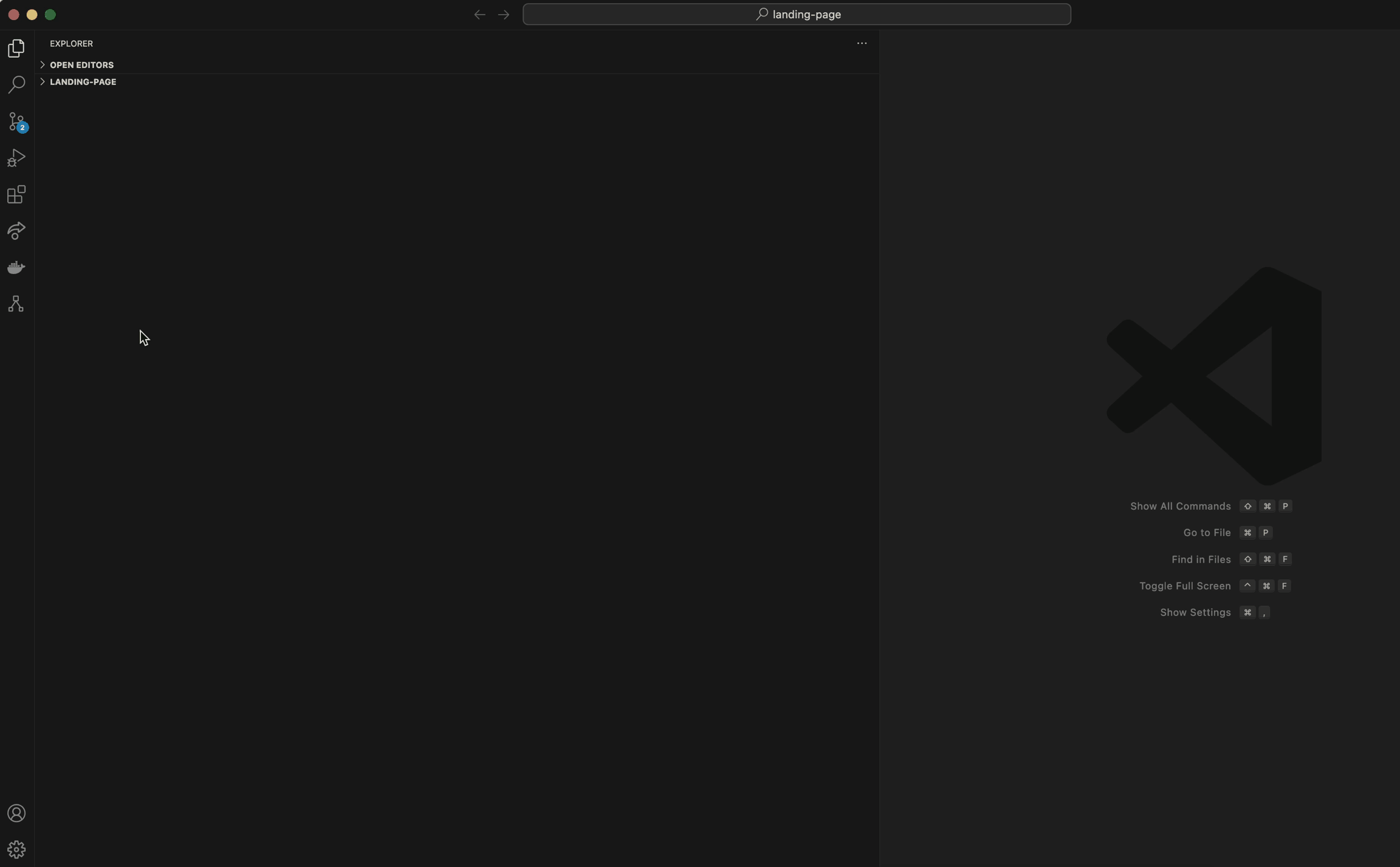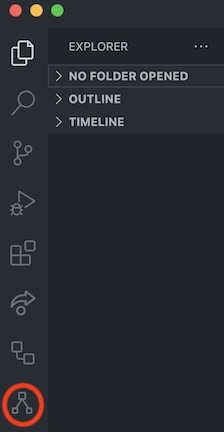Svisualize is a Svelte component visualizer for developers to see the shape of their application as they code.
Find out more at Svisualize!
- 🖥️ Overview
- ⚙️ Installation
- 🛠 Getting Started
- 🗺️ Roadmap
- 🔗 Contributions
- 👩🏻💻 Meet Our Team

- Visualize each Svelte component as a node on the component tree
- View parent-child hierarchy from ANY root file
- View props present within each component by hovering it's component node
- Open files on node click
- Update the tree structure on change in codebase by clicking the update button
Svisualize extension can be installed through the VS Code Marketplace.
- Start by clicking the Extensions icon in the Activity Bar on the side of VS Code or by using the View: Extensions command (Ctrl/Cmd+Shift+X).
- Search for 'svisualize' and click the "install" button.
- Upon completion, VS Code will have installed the extension and Svisualize is ready for use.
After Svisualize is installed in VS Code,
- You will find a new tree icon added to the Activity Bar on the left-hand side. Click on it to launch the extension
- Select a root file to render your first tree
** Svisualize currently only supports SINGLE PAGE SvelteKit applications **
- Support for mutli-page SvelteKit applications
- Add additional functionality within the visualizer
- Delete files on node click
- Create new child files from parent nodes
- More UX/UI options within visualizer (e.g. changing color of nodes based on user preferences)
- Create a light mode on toggle for webview
- Addition of a status bar button to toggle extension activation and deactivation
- Implement more testing
Svisualize is an open source project and we welcome iterations and contributions. If you have a suggestion, please follow the steps below or open an issue to discuss your idea.
- Fork the Project
- Create your Feature Branch (
git checkout -b newFeature) - Commit your Changes (
git commit -m 'added a newFeature') - Push to the Branch (
git push origin newFeature) - Open a Pull Request
Don't forget to give the project a star! Thank you for your support!

Lumeng Li Linkedin | GitHub |

Jason Huang Linkedin | GitHub |

Kris Fragata Linkedin | GitHub |

Caleb Belkin Linkedin | GitHub |












